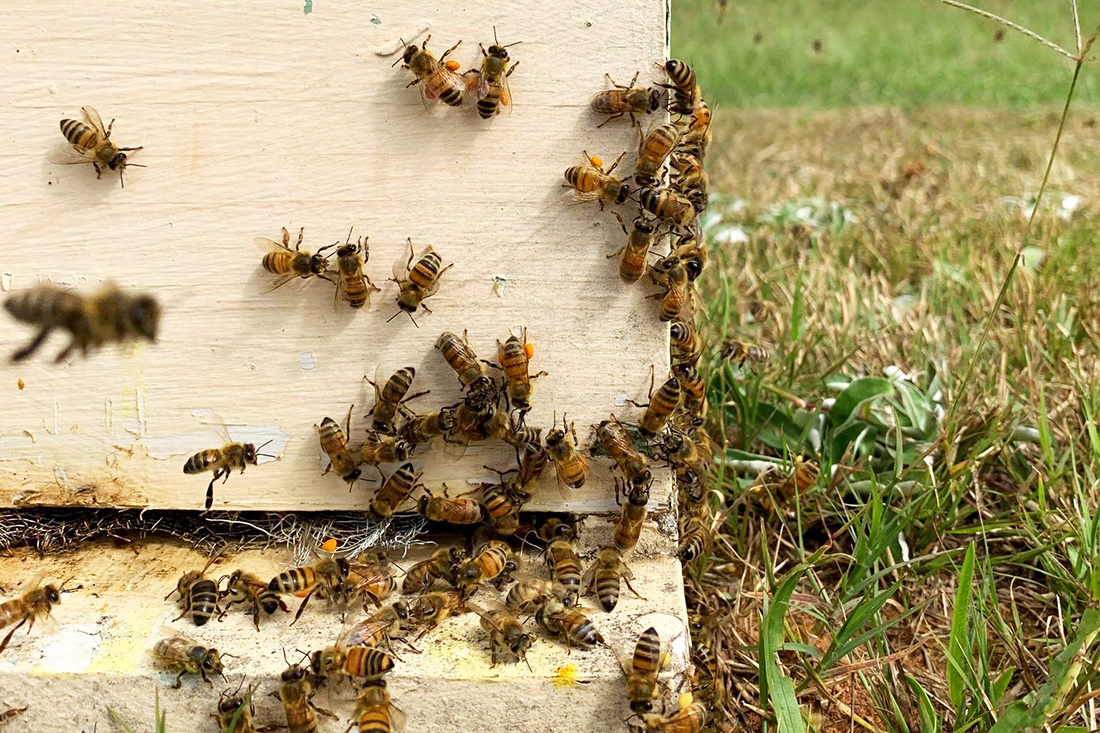|
We've all seen those great plants that have been cut, shaped, trimmed and "babied." It's not really hard to get that topiary effect. But it does take time and care. Start now by getting a healthy herb plant with a strong stem.
Topiary is the art of trimming and training plants into ornamental shapes. For example, you can grow and train a rosemary plant into a formal standard (the top is a perfect globe held on a single stem).
To start, you need a young potted plant with an unpinched leader (main stem), scissors, stakes, ties and patience.
Think 'Height' First
But before you start, remember that the growing point or tip of the plant is critical. The plant is going to grow at the tip of each stem. If you pinch it back, the plant will produce side shoots and be bushier. You can "design" what the plant will look like by pinching or not pinching the tips.
In the first stage, you want the plant to grow straight up to the desired height. A slow-growing or small-leaf plant should be 8 to 14 inches tall, and a fast-growing or large-leaf plant should be 16 inches to 5 feet tall.
Place a stake beside the plant, and tie the plant along it for support. Allow only the tip shoot of the plant to develop by cutting off any side shoots that start to grow.
Allow leaves to stay on the trunk of the main stem. Check the ties often to make certain they don't girdle or injure the growing stem. Check, too, for bugs that like to hide around the ties.
Pinch With Care
Turn your plant regularly so each side gets ample light and grows evenly. Feed your topiary every four or five waterings during active growth with a liquid fertilizer for houseplants.
The next stage is forming the top of the plant to the desired shape. Before you pinch the growing shoot tip for the first time, think of the finished look you want your plant to have.
Consider leaf size and rate of growth. Where do you plan to display your topiary and what kind of container will it live in? You may want to allow the plant to grow even higher.
When you've determined these, pinch out the tip of the plant to make it bushier. Allow three pairs of branches to develop.
The Real Art of Topiary
The trunk will elongate a bit as it matures and thickens. Again, be sure to place your plant in adequate light and turn your topiary so it grows evenly.
Now comes the real art of topiary. You have to keep in mind the shape you want the plant to take and train the plant through careful tip pinching. Pinch or cut at nodes so new shoots will grow in the direction you want. If the bud is facing outward, the growth will be outward. An inward-facing bud will grow inward.
You also want to encourage width and branching at the base of the "head." Top growth will naturally develop faster, so keep upward growing shoots trimmed back.
Be Creative, and Have Fun
As you become aware of growth habits and observe the results of careful pruning, you'll be better able to train the topiary to the finished shape you want.
Many herbs can be used for topiary, such as rosemary, lavender and scented geranium, along with bay and sweet myrtle.
The herbs you choose will depend on the topiary shapes you want to create. So be creative. And have fun.







